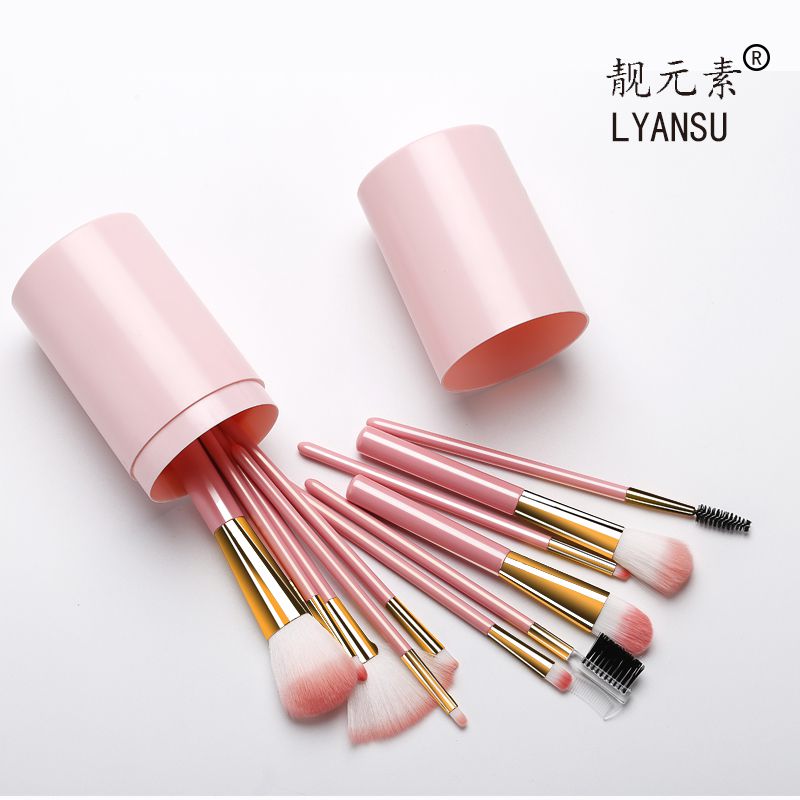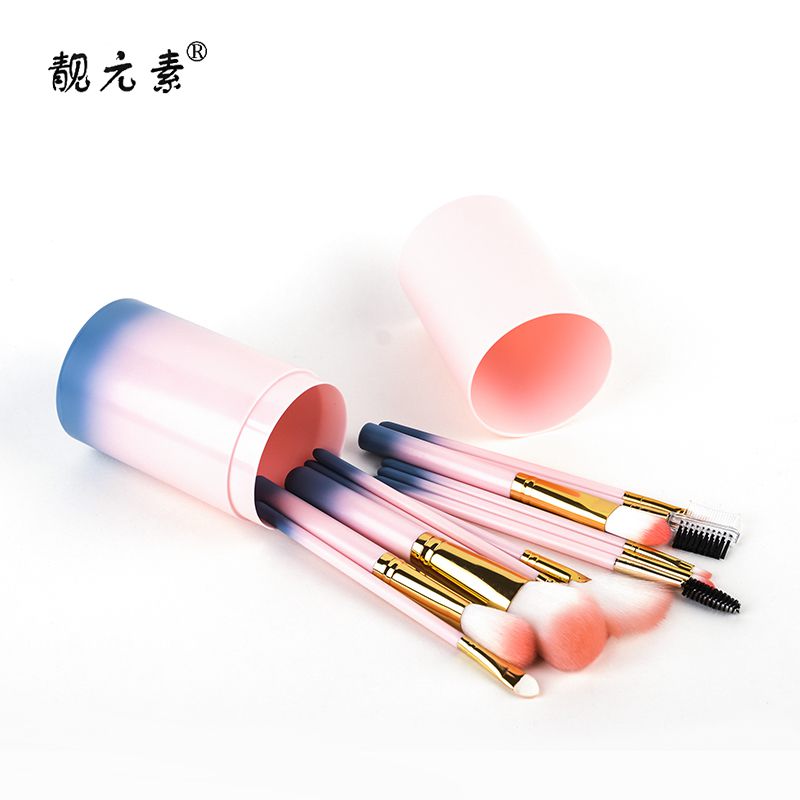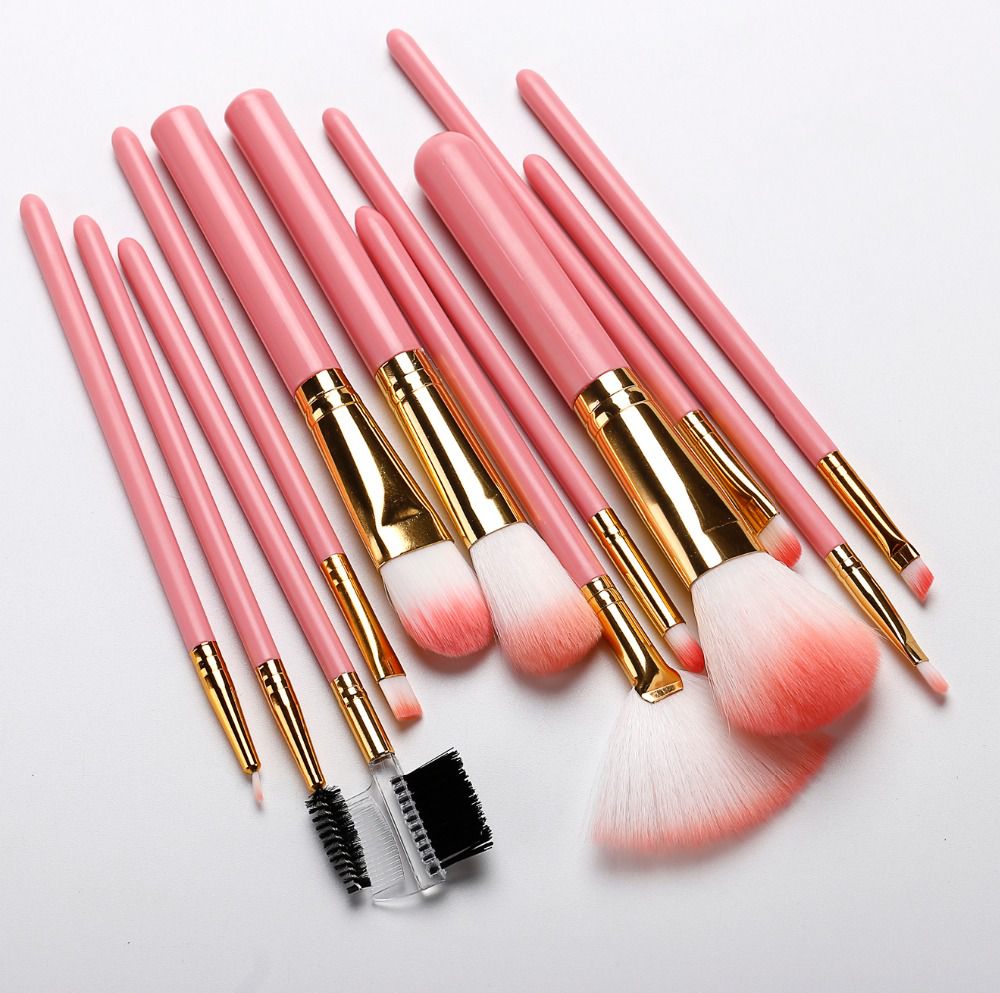Industry news
Thermal Resistance of Brush Bristles: Testing Performance Under High-Temperature Styling Tools
- 814 Views
- 2025-07-25 01:32:02
Thermal Resistance of Brush Bristles: Ensuring Performance in High-Temperature Styling Tools
With the global beauty industry embracing advanced styling tools—from ceramic flat irons to tourmaline curling wands—temperatures in modern hair and makeup applications often soar above 200°C. For professionals and consumers alike, the bristle filaments of styling brushes, blending brushes, and even precision makeup brushes frequently come into direct or indirect contact with these high-heat sources. This reality has pushed thermal resistance to the forefront of bristle performance criteria. But what defines thermal resistance in brush filaments, and how do manufacturers test and optimize this critical property?
The Stakes of Heat Exposure
Bristle filaments, whether synthetic (nylon, PET, PBT) or natural (boar hair, goat hair), face dual risks under high temperatures: structural degradation and chemical instability. Structurally, heat can cause brittleness, melting, or warping—compromising the brush’s shape retention and ability to evenly distribute product or glide through hair. Chemically, low-quality filaments may release volatile organic compounds (VOCs) or residual additives when heated, posing potential health risks to users. For brands, poor thermal resistance translates to product recalls, negative reviews, and lost trust; for consumers, it means shorter tool lifespans and safety concerns.

Testing Protocols: Beyond Basic Heat Tolerance
Rigorous thermal resistance testing goes beyond simply exposing filaments to high temperatures. Industry leaders now adopt multi-layered approaches to simulate real-world conditions:
- Temperature Gradient Testing: Filaments are exposed to incremental heat (150°C to 250°C) in controlled chambers, with exposure times mimicking typical styling sessions (30 seconds to 5 minutes). Post-exposure, technicians measure changes in bristle diameter, elasticity (via tensile strength tests), and surface integrity using electron microscopy.

- Chemical Leachate Analysis: Gas chromatography-mass spectrometry (GC-MS) identifies VOCs released during heating, ensuring compliance with safety standards like EU REACH or FDA regulations.
- Cyclic Heat Stress: Repeated heating and cooling cycles (e.g., 100 cycles of 200°C for 1 minute followed by room-temperature cooling) test long-term durability, critical for professional tools used daily.
Material Showdown: Synthetic vs. Natural Filaments

Testing data reveals stark differences in thermal performance across materials. Natural filaments, while prized for softness, struggle above 150°C: boar hair, for example, begins to denature at 160°C, with visible fraying and loss of flexibility after 2 minutes at 180°C. Wool-based bristles fare worse, often melting at 140°C due to their protein structure.
Synthetics, however, offer engineered resilience. Nylon 6 (PA6) and Nylon 66 (PA66) resist up to 220°C and 260°C respectively, but their elasticity drops by 30% at 200°C. Polyester (PET) filaments maintain 85% of their original springiness at 200°C but become brittle above 240°C. Polybutylene terephthalate (PBT), a newer synthetic, stands out: tests show it retains 90% elasticity at 220°C and only releases trace VOCs (below detection limits) even after 50 cyclic heat stress cycles. This makes PBT a top choice for high-end styling brushes targeting professional salons.
The Future of Heat-Resistant Bristles
As styling tools evolve—with some models now reaching 280°C—manufacturers are investing in modified synthetics. Blending PBT with heat-stabilizing additives (e.g., glass fibers) or coating filaments with silicone-based layers can boost thermal resistance by 15-20%. Additionally, AI-driven material science is enabling predictive modeling: algorithms simulate how new filament blends (e.g., PBT-polyimide hybrids) perform under extreme heat, reducing testing time by 40%.
For brands, prioritizing thermal resistance is no longer optional. It’s a benchmark for quality, safety, and consumer loyalty. For users, understanding this property means choosing tools that last longer, perform better, and protect their health. In the end, the heat is on—and only the most resilient bristles will thrive.











